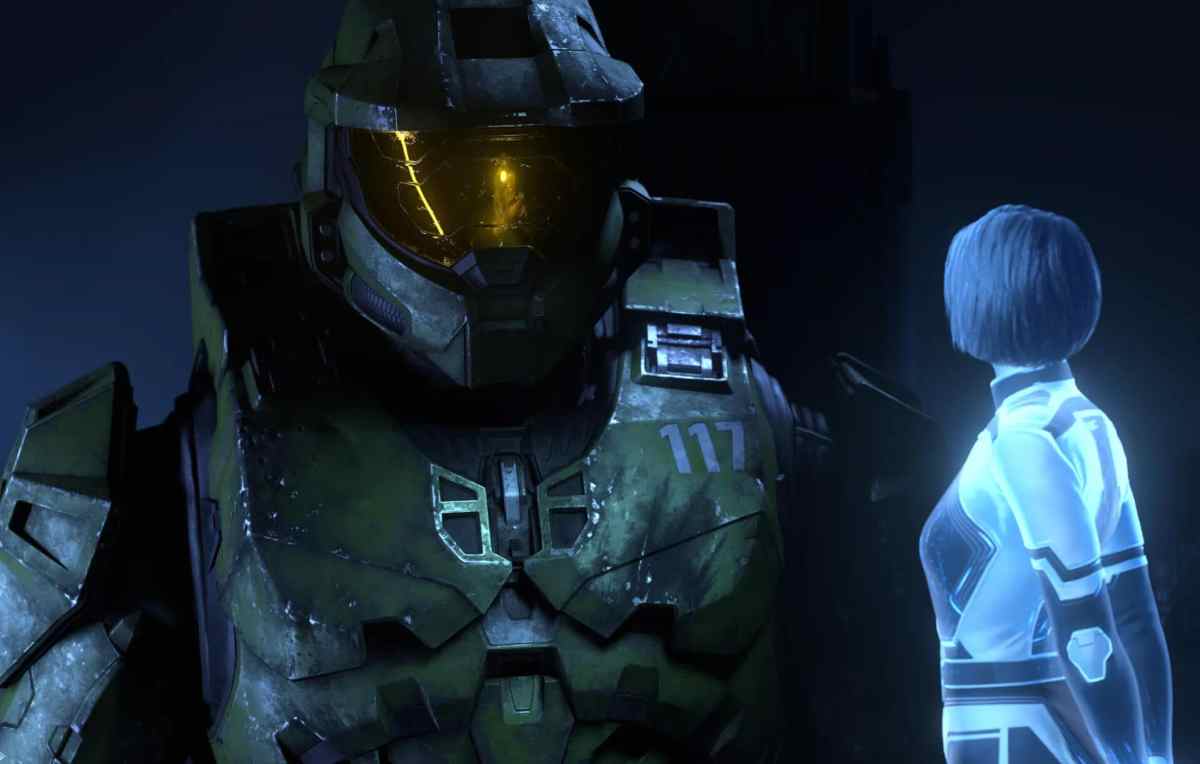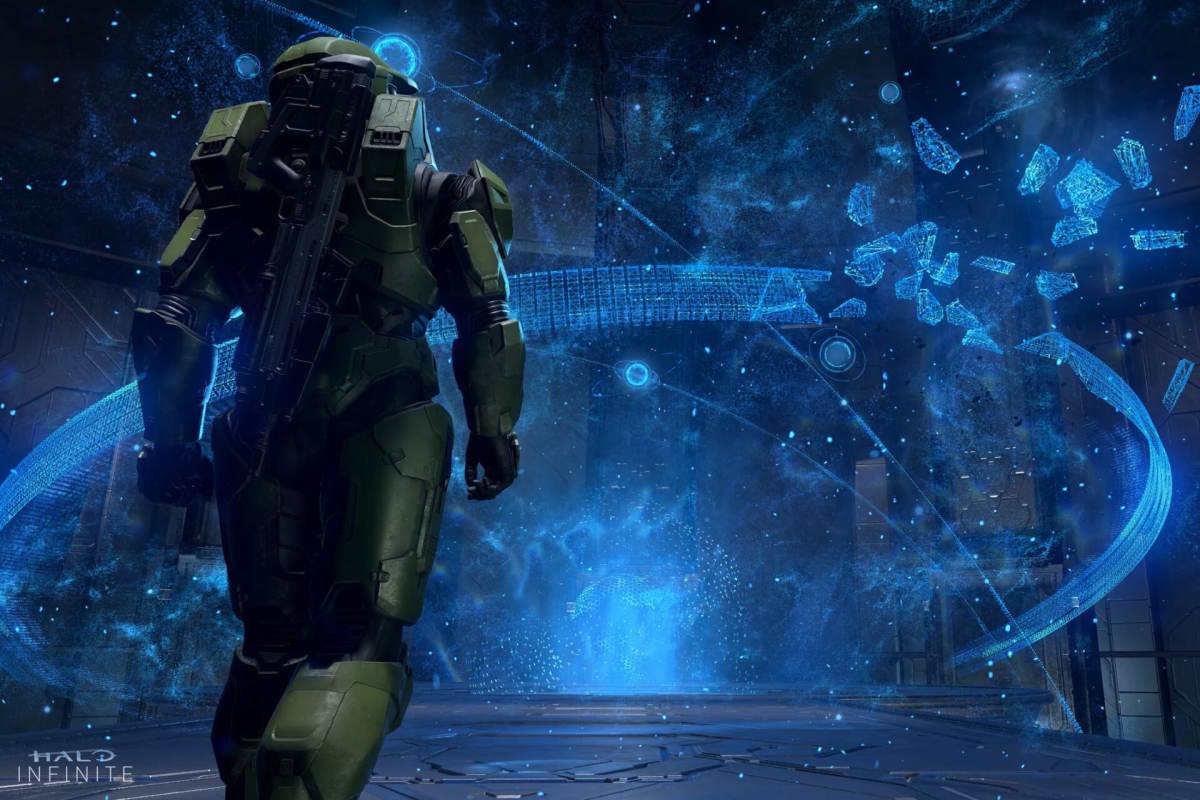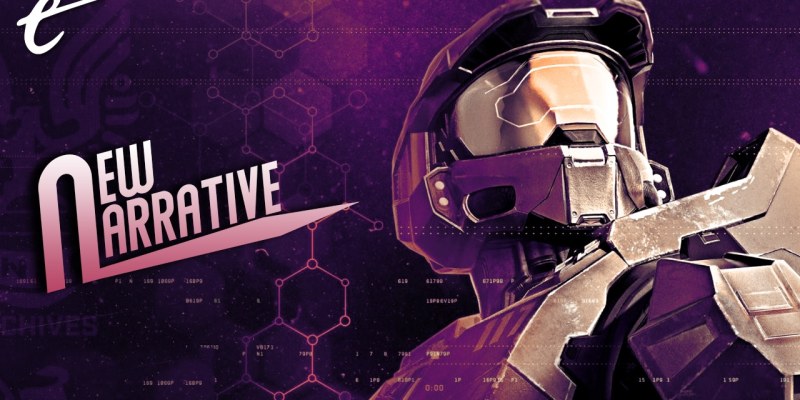It might have been plagued by memes and development concerns, but Halo Infinite’s campaign premiere back in July 2020 had me excited. The reason was simple: It looked like a fresh start. A brand new engine, a campaign set entirely on a new Halo world that recalled the verdant hills and forests of Halo: Combat Evolved, an enemy faction only tangentially linked to previous mainline Halo games, a suit of armor for Master Chief that had the bulkier contours of his Combat Evolved outfit, new weapons and equipment, and a single companion – it looked like Halo Infinite was getting ready to distance itself from 20 years of accumulated lore and get back to its roots.
It turns out I couldn’t have been more wrong. Halo Infinite begins with a cold open that introduces a villain from Halo Wars 2, only to announce a few moments later that this villain is dead and replace him with a menagerie of largely forgettable bosses. Roughly halfway through the campaign, I have fought four Brutes, an Elite, and a robot whose frustratingly resilient health bars wouldn’t look out of place in a Destiny raid.
This motley crew of aliens is joined by a host of lesser named targets, a new companion AI for Master Chief that resembles a freshly made Cortana, allusions to the old Cortana, at least two monitors (the AI responsible for safeguarding the ring worlds), a series of dead or dying Spartan super soldiers, and a representative of a new precursor race that appears to be a contemporary of the long-established Forerunners. And of course, there is Master Chief’s companion from the reveal trailer, the desperately homesick pilot who is perhaps the only genuinely relatable character in the entire story.

In short, despite only recently replaying the mainline Halo games, I am lost in the Infinite lore web of old and new narratives. It’s a shame because, at its core, Halo Infinite dangles tantalizing mysteries that could have successfully propelled the story forward. What is this new Zeta Halo? Why is it only partially built and for what purpose? What was Cortana doing here? Who is killing the Spartans? I am even invested in the question of whether the pilot will ever get back home to his wife and daughter. Invested, that is, until I remember that I will need to mow down another half a dozen bosses and piece together several convoluted subplots before I might find out.
It’s doubly a shame because Halo Infinite has a lot going for it. The core gameplay loop is the best it’s been since the Bungie days. It’s difficult to put a finger on it, but Infinite feels slow and familiar enough to give us old-timers who started on Combat Evolved a chance, meanwhile introducing innovations and variety to keep things from feeling stale. The addition of the fan-favorite grappling hook, in particular, brings an unprecedented degree of verticality to Halo’s tried-and-tested combat sandboxes. Like in previous titles, the slightly exaggerated physics model and daisy chains of fallen grenades ensure that these sandboxes frequently descend into total mayhem. Unlike in previous titles, Zeta Halo’s open-world structure and the addition of throwable fuel canisters means the mayhem now often goes on far beyond the old “30 seconds of fun.”
That doesn’t always make it more fun, unfortunately. For one, the world is only partially open – it’s better understood as a series of large areas connected by narrower corridors, choke points, or levels integrated into the main narrative. It’s also crammed with many open-world staples that have arguably grown repetitive in the last few years: unlockable fast travel points, collectibles, equipment upgrades, special weapons, and so on. They are optional, but the game grows disproportionately more challenging if they aren’t completed.

Nonetheless, Zeta Halo is pleasant to navigate. Halo Infinite might not present the best-looking or the most varied game world around, but it has a crisp aesthetic that does a great job of contrasting the chunky industrialism of Brute technology with the elegant geometry of Forerunner architecture and the natural beauty of the ring world. Gun shots are punctuated with weighty sound effects and motifs from Marty O’Donnell’s classic soundtracks. And Master Chief seems more his laconic self, rather than the quipping cynic he’d evolved into by Halo 4 and Halo 5.
I hesitate to argue for a reboot of a franchise, especially given that we live in an age of reboots, remakes, and remasters. And I can appreciate that plenty of fans would want a third act to follow the story laid out in Halo 4 and 5. But I cannot help feeling that Halo Infinite is held back by its old characters and story beats, not enhanced by them.
Halo might not be the grandiose expanded universe of something like Star Wars or Warhammer, but 20 years of half a dozen mainline games, several spin-offs, books, graphic novels, and now a live-action television series is a lot to put on the shoulders of a protagonist who began life as a faceless excuse to carry two guns, a recharging overshield, and a bunch of sticky grenades. I wonder what Halo Infinite might have looked like, or might still look like with future updates, if that protagonist were allowed to return to a simpler time.
